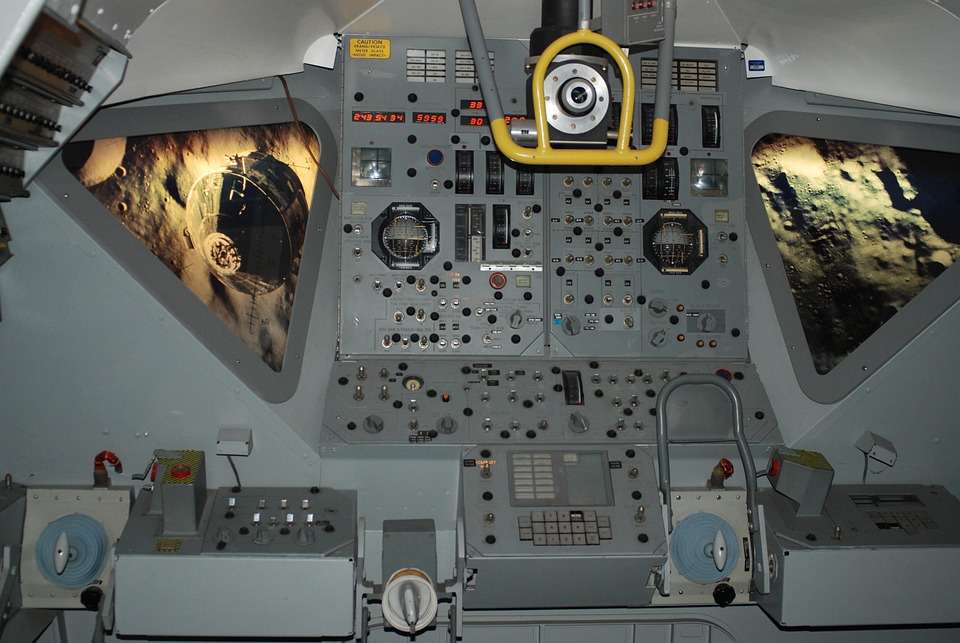Aerospace engineering, a field that thrives on innovation and technology, plays a critical role in designing and constructing the airliners of the future. As global air travel demand steadily increases, engineers are under immense pressure to create efficient, sustainable, and safer aircraft that meet the needs of tomorrow’s travelers. This article explores the current trends, challenges, and innovations shaping the next generation of airliners.
Evolution of Airliner Design
The design of airliners has evolved significantly since the first commercial flights. Early models were simple in form and function, prioritizing basic transport needs. However, advancements in technology and materials have led to sophisticated designs that enhance performance, comfort, and safety. Modern airliners, like the Boeing 787 and Airbus A350, are products of years of research and development, incorporating cutting-edge technology to optimize aerodynamics, fuel efficiency, and passenger experience.
Key Innovations in Aerospace Engineering
-
Advanced Materials:
Modern aircraft utilize lightweight materials, such as carbon fiber reinforced polymers (CFRP) and titanium, which improve fuel efficiency while maintaining structural integrity. These materials reduce the overall weight of the airliner, allowing for greater payload capacity and lower operational costs. -
Aerodynamic Efficiency:
Aerospace engineers are continuously exploring ways to refine airfoil designs and reduce drag. Computational Fluid Dynamics (CFD) simulations enable engineers to visualize airflow around various wing shapes, leading to more efficient designs that enhance fuel consumption and performance. -
Hybrid and Electric Propulsion:
The push towards sustainability has spurred significant research into hybrid and fully electric propulsion systems. Companies like Airbus and Boeing are investing in electric propulsion technologies that could drastically reduce greenhouse gas emissions. The development of efficient battery technologies and lightweight energy storage systems is pivotal in this transition. - Autonomous Flight Technologies:
Automation is reshaping the aviation landscape. Advanced flight control systems and artificial intelligence are paving the way for partially or fully autonomous airliners. These technologies promise to enhance safety by reducing human error while also potentially lowering operational costs.
Addressing Challenges
While innovations are exciting, aerospace engineers face significant challenges. One pressing issue is the environmental impact of air travel. The aviation industry accounts for a significant share of global CO2 emissions, prompting engineers to prioritize sustainability in their designs. Governments are pushing for stricter regulations, requiring manufacturers to adopt greener practices and actively reduce their carbon footprints.
Another challenge lies in the safety and reliability of new technologies. The aviation sector is traditionally risk-averse, necessitating rigorous testing and certification processes to ensure new systems are safe for commercial use. Developing standards for electric propulsion systems or autonomous flight capabilities will require collaboration with regulatory bodies and industry stakeholders.
The Future of Air Travel
The future of air travel is poised for transformation, with several trends emerging on the horizon. Supersonic travel is making a comeback, promising to cut flight times significantly. Companies like Boom Supersonic aim to reintroduce commercial supersonic flights, utilizing advanced technologies that address past sonic boom concerns.
Urban air mobility, featuring air taxis and short-range vertical takeoff and landing (VTOL) aircraft, is also gaining traction. These innovations could revolutionize city transportation, reducing traffic congestion and travel times.
The transition to biofuels and sustainable aviation fuels (SAFs) is another critical area of focus. Engineers are exploring ways to develop fuels that can power existing aircraft with minimal modifications while simultaneously reducing their environmental impact.
Conclusion
Aerospace engineering is at the forefront of building the next generation of airliners, combining innovative technologies and sustainable practices to pave the way for a new era in aviation. As the industry evolves, collaboration among engineers, manufacturers, regulatory bodies, and researchers will be crucial in overcoming challenges and ensuring the successful implementation of cutting-edge technologies. The future of air travel holds exciting possibilities that promise not just to connect the world, but to do so in an environmentally responsible and efficient manner.
